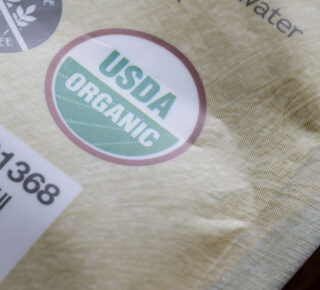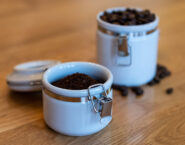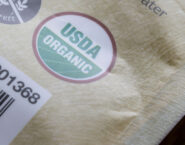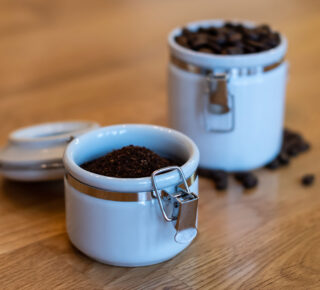
As the name suggests, roasting coffee is a process that uses heat to transform raw, green coffee beans into the fragrant, brown coffee beans we know and love.
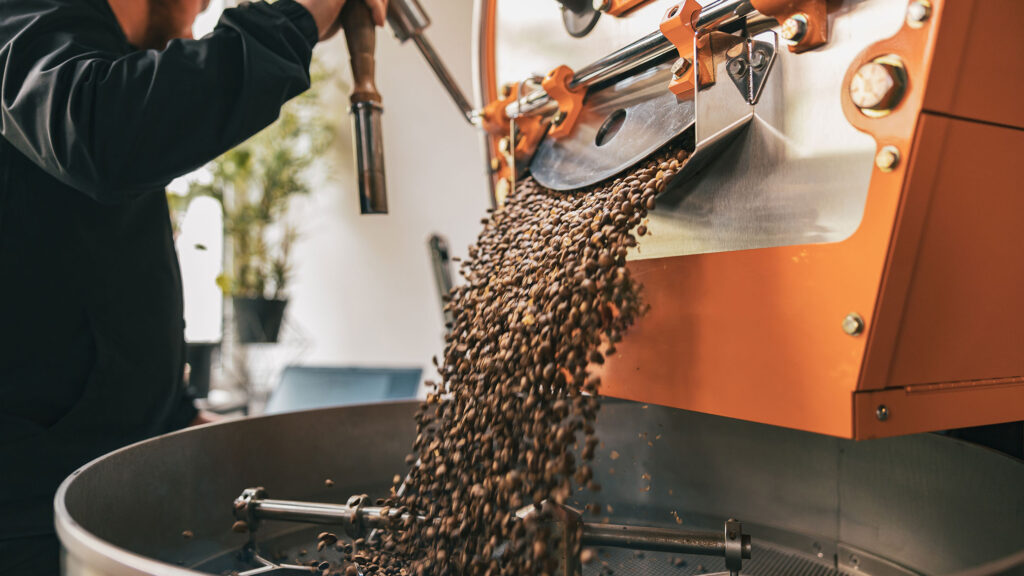
The art (and science) of coffee roasting
A green coffee bean has none of the characteristics of a roasted bean—it’s hard as a rock and smells grassy. However, the green stage of a coffee bean’s life is useful; green coffee beans can be stored for long periods of time without losing quality or taste.
Roasting coffee beans unlocks the aroma and flavor that are sealed away in the green beans. The beans are rapidly brought to a very high internal temperature (over 400 degrees Fahrenheit), then quickly cooled.
At this stage, the coffee roasting process has removed nearly all moisture from the beans, so they weigh less and are crunchy to the bite. They finally smell like the coffee that will fill your cup, and after resting for about 2 to 3 days, they’re ready to be ground and brewed. Ideally, you should ground and brew your coffee beans about 2 to 7 days after roasting to enjoy the freshly roasted flavor at its peak.
Sippable Fact
Espresso roast isn’t a specific roast level. The coffee in an “espresso roast” or “espresso blend” will be roasted according to what the roaster thinks will best serve the espresso method of brewing. (Often it will be a medium to dark roast.) The variability in roast allows for a spectrum of flavors, contributing to the rich and balanced flavor profiles prized in espresso.
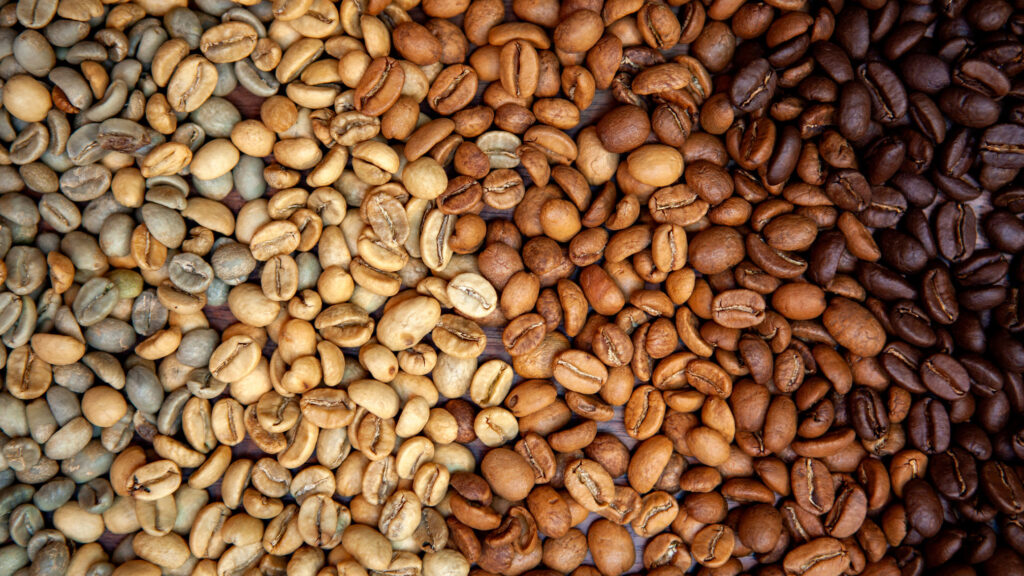
Know your roasts
The perfect roast is a personal choice, and the best way to find yours is simply to try different roasts. Here are three key things to keep in mind.
- Coffee roasts fall into one of three color categories: light, medium, and dark. Generally, lighter roasts will preserve more of the unique qualities of a coffee compared to a darker roast. There can be a world of difference between roasts, so don’t be afraid to try different roasts to see what’s best for you!
- You may see some variation as you try different roasts. Roasters may measure the color of the coffee beans they roast to confirm that they are creating a certain roast level—lighter or darker—yet one roaster’s dark coffee may be different than another’s, and most roasters have specialized names for their roasts.
- Light roasts have a slightly higher amount of caffeine. Is dark roast coffee stronger? No, actually. Don’t be fooled by the strong, rich flavor of those dark roasts—that characteristic is not associated with caffeine levels!
Light roast coffee
This roast is light brown in color, and the “roasted” taste is subtle, so it works well for milder coffee varieties. The lighter the roast, the more acidic your brewed coffee will be. Light roast coffee beans have a matte texture – they’re not roasted long enough for oils to break through to the surface.
Medium roast coffee
This roast is medium brown in color with a stronger flavor and a non-oily surface. Medium roast coffee is often referred to as the American roast due to its popularity in the United States. Referring to medium roast coffee blends as breakfast blends is also common.
Dark roast coffee
This roast produces shiny black beans with an oily surface and a pronounced bitterness. With darker roasts, your brewed coffee will be even less acidic than lighter roasts. Dark roast coffee runs from slightly dark to charred, and names are often used interchangeably. If you see “Italian roast coffee” or “French roast coffee,” that’s a dark roast.
Popular roasts across the spectrum
Popular roasts you may see on coffee packaging, from light to dark, include:
- Blonde or cinnamon roast
- City roast
- Full city roast
- Vienna roast
- French roast
- Italian roast
Found your perfect roast? Sounds like it’s time to brew—and there are a variety of delicious methods to try.

